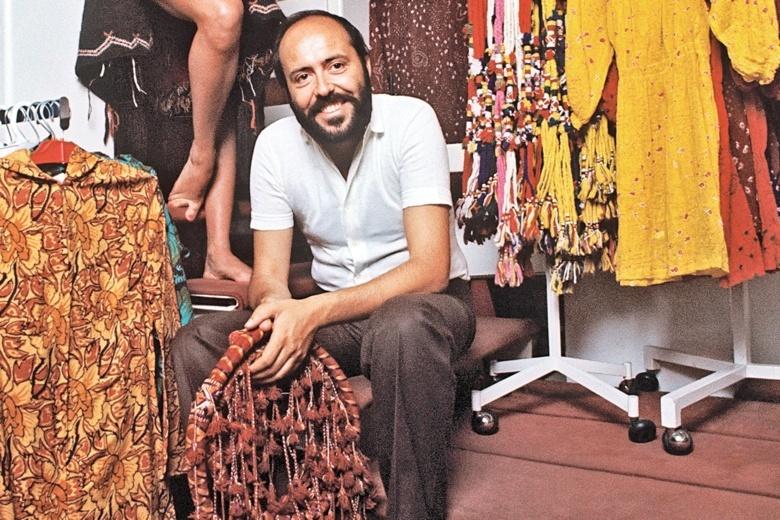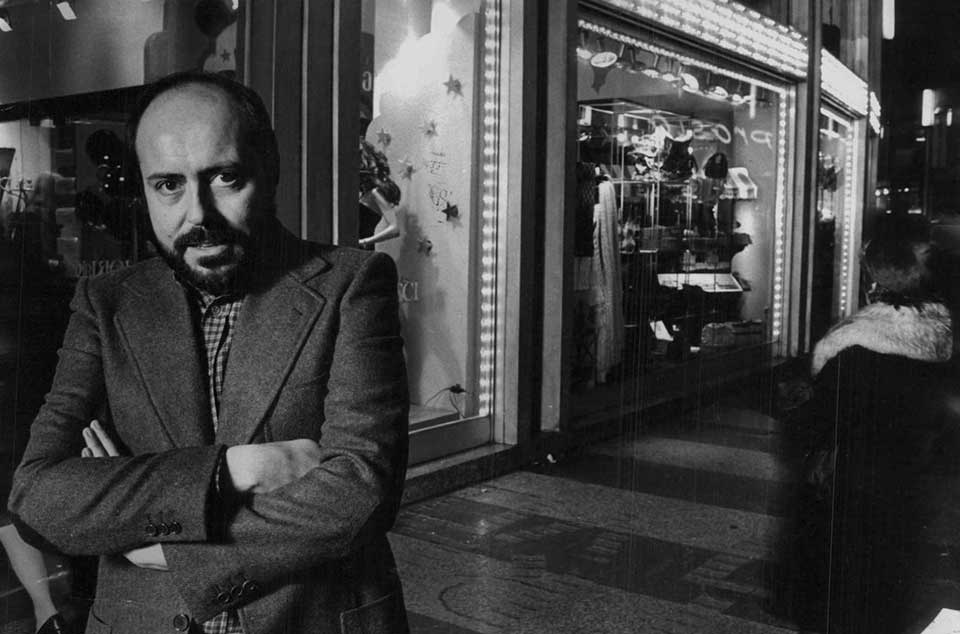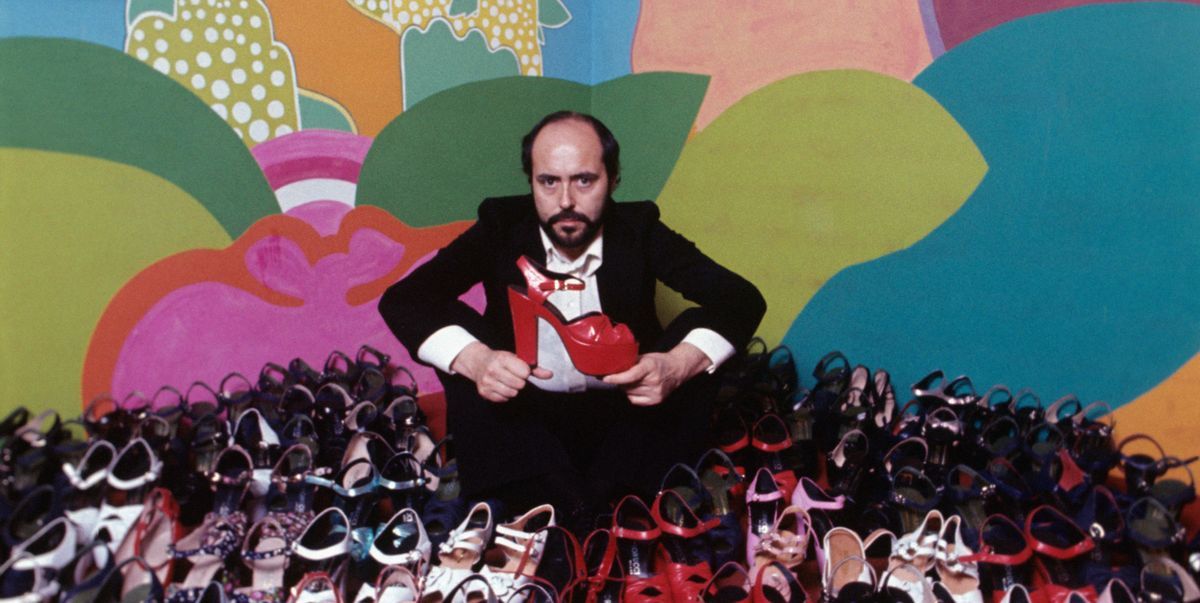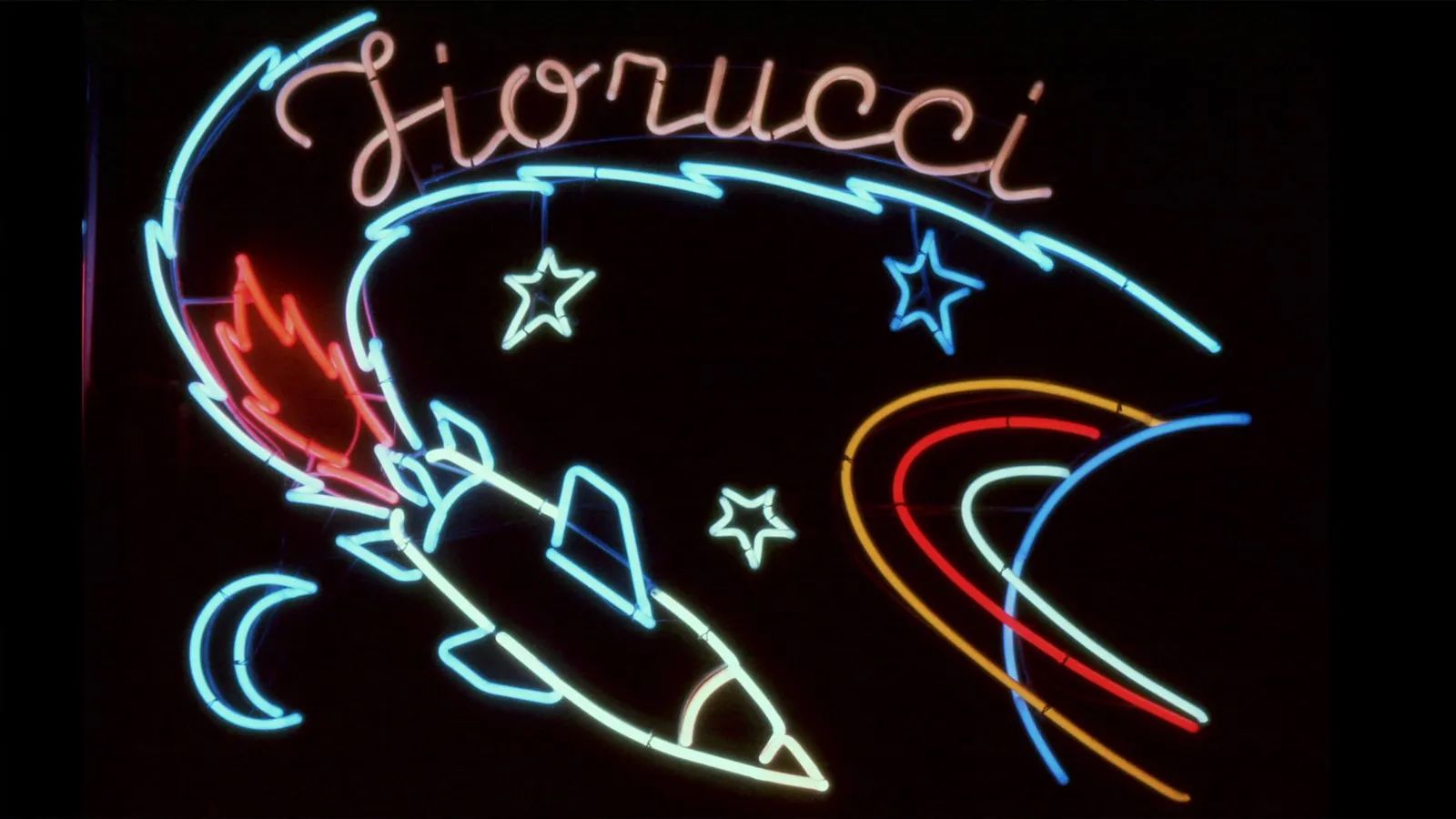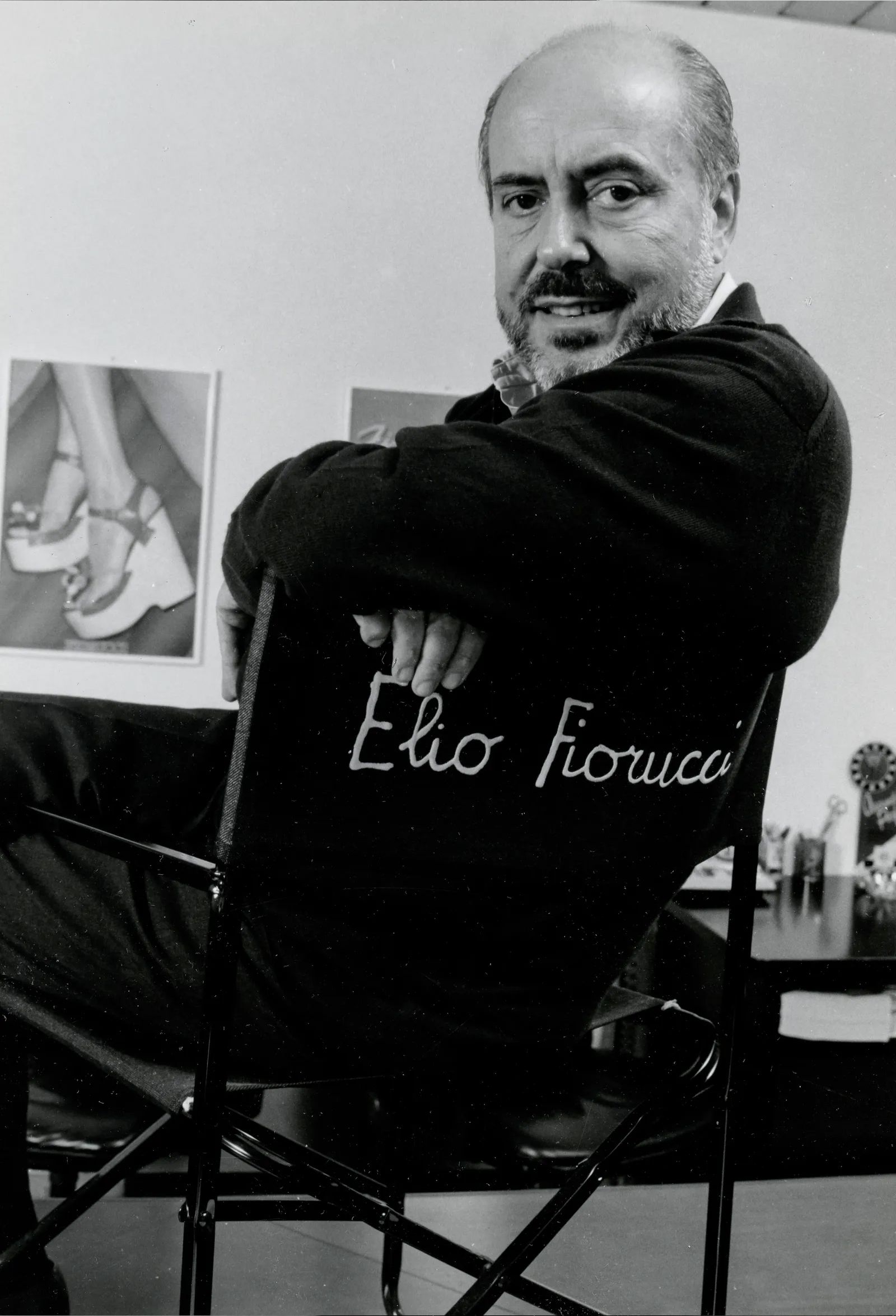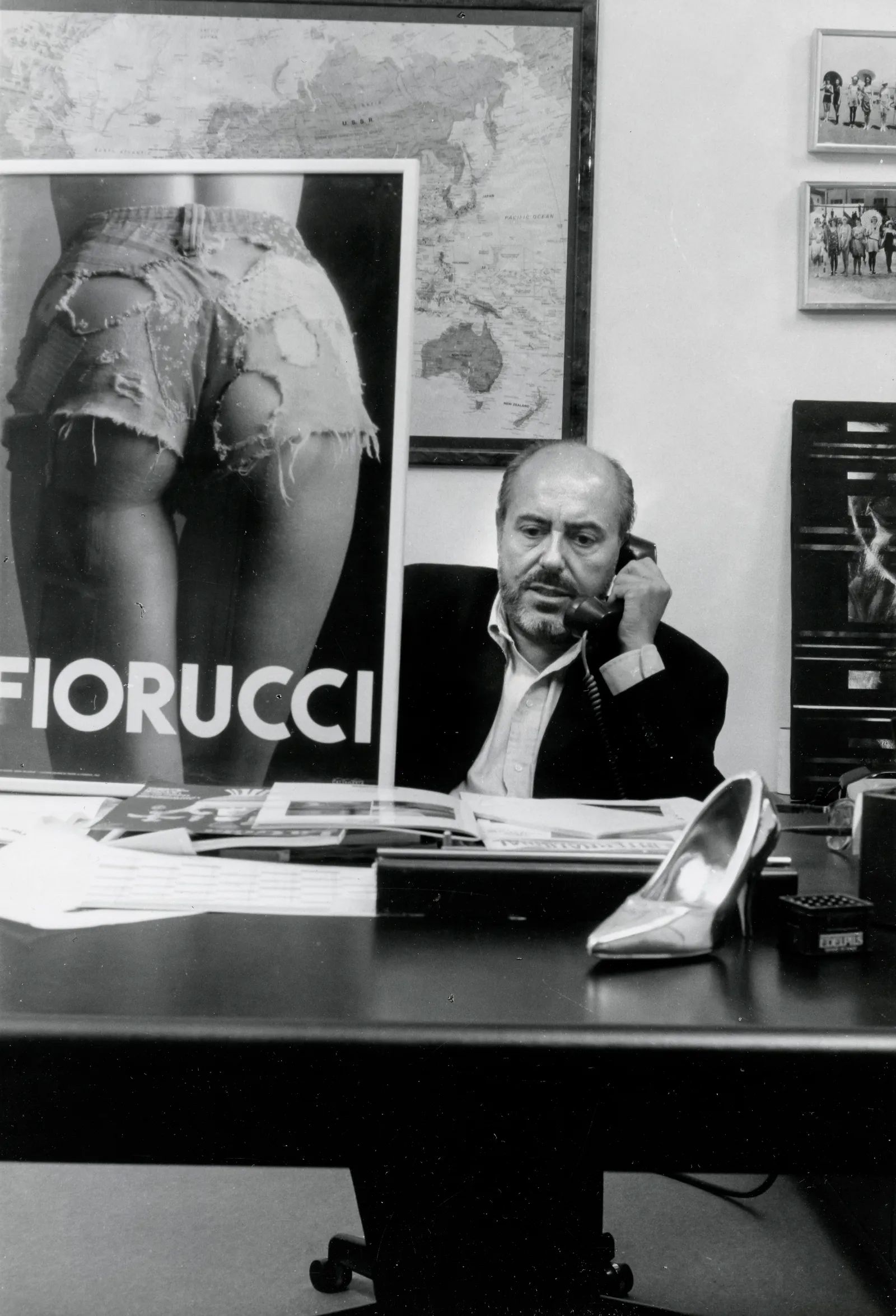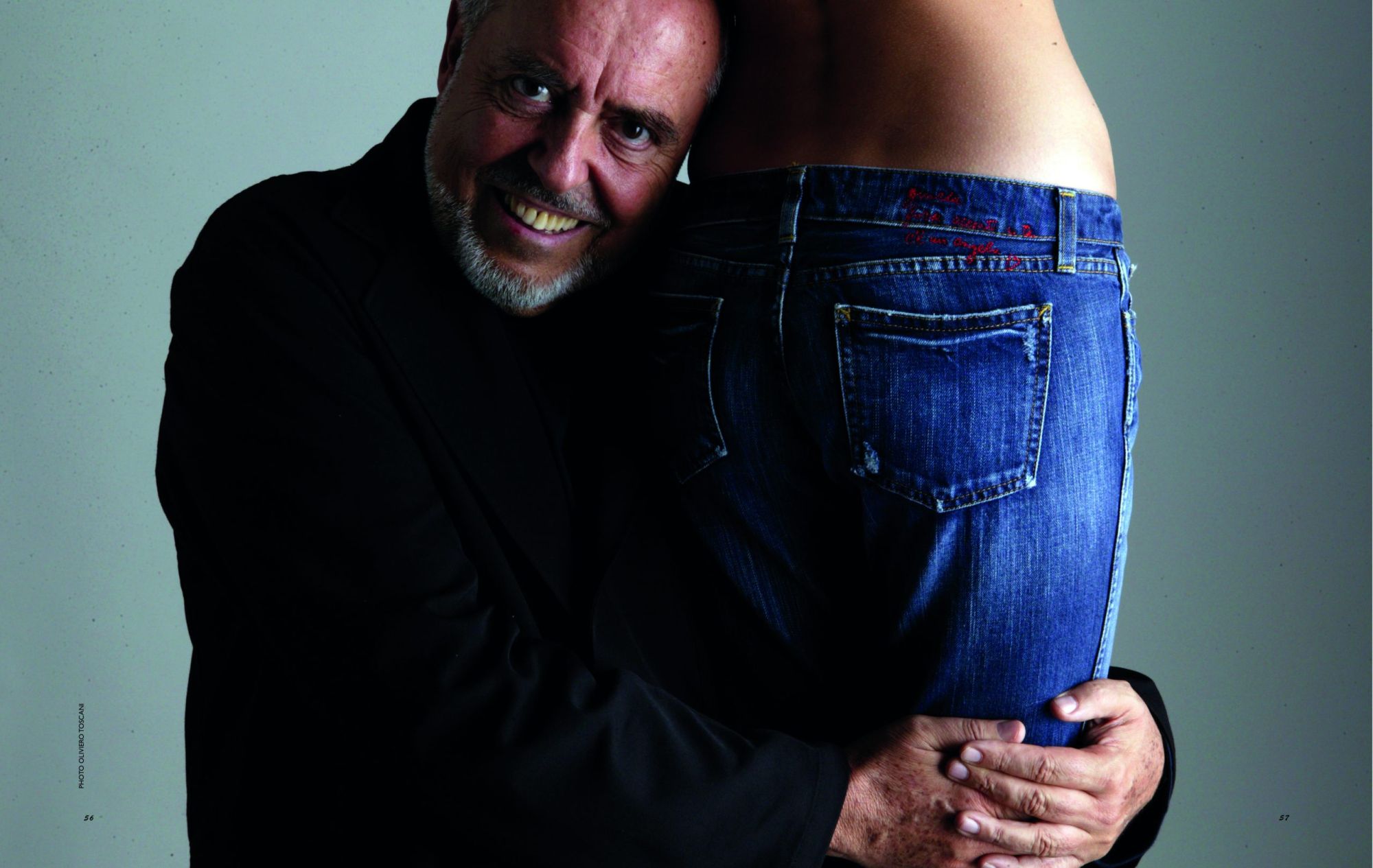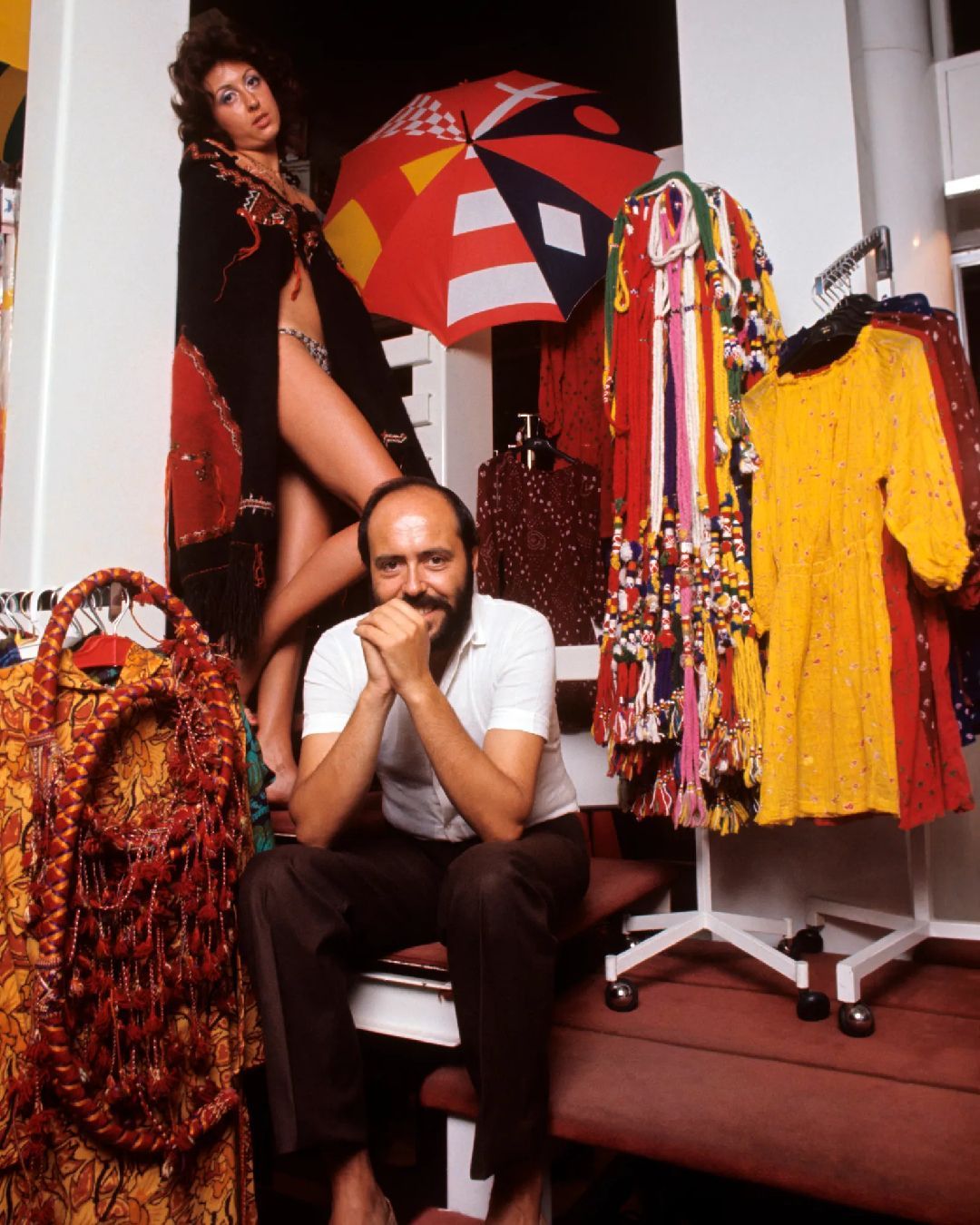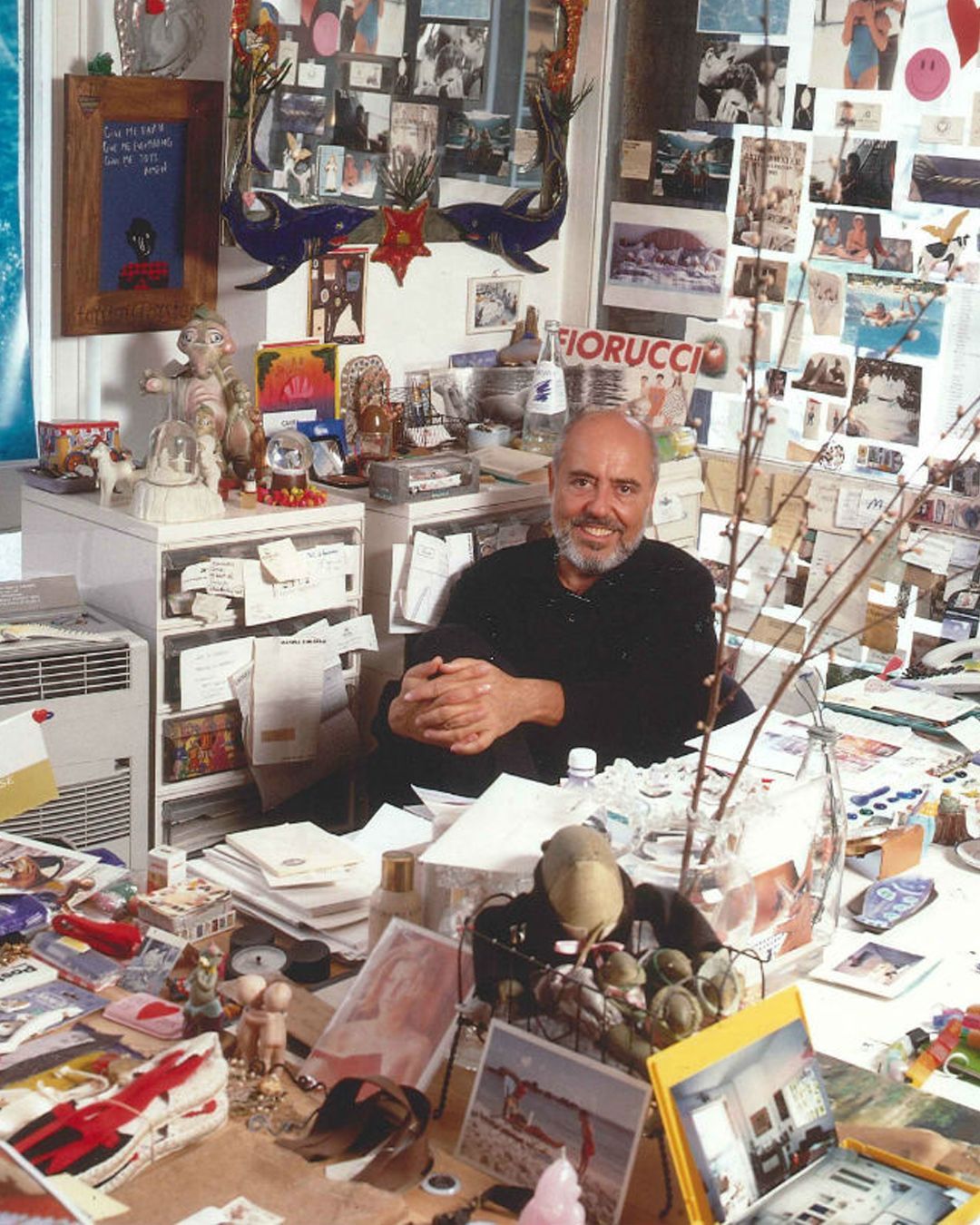
Tenderness and sensuality in the fashion of Elio Fiorucci The fight against taboos, veiled eroticism and the celebration of "pop" culture are the cornerstones of the celebrated Italian designer's fashion
The idea of a democratic fashion, that is, a fashion that originates among people, is not as new as one might think, but comes from a certain kind of creativity of which Elio Fiorucci is certainly a great supporter. We are talking about the 1960s, the period of "pop fashion" that was by then depopulating in England expanding throughout Europe like wildfire thanks to creatives like the very famous Mary Quant. Quant's way of working is very similar to Fiorucci's, based on researching existing garments found in the various flea markets that were then reworked and rethought according to the style of the creative on duty. While the London-based designer selected particularly carefully, Fiorucci's recovery was more transversal, being based on the idea that everything could serve as inspiration, as he provocatively put it, «I don't create, I copy.» The democratic part of his fashion was, therefore, all concentrated in this way of conceiving it as something that came from the people, rather than from above according to the idea of many of his contemporaries, such as Valentino or Yves Saint Laurent.
The historical and artistic context
Fiorucci's work began to take hold at a time when Pop Art was gaining ground. The idea that the product is at the heart of society, especially American society, which is about to enter the era of mass production and thus the idolatry of the common object that rises to icon status-such as Andy Warhol's famous Brillo detergents or his legendary Campbell soups-is now widespread, decidedly "pop" in fact. Everything is seen, especially in art, through a detached and cold approach as if the artist were a mere witness to the work, with no emotional or affective connection to it. In this context Fiorucci, who deeply loved America and all the aesthetic imagery related to it, with a particularly deep-rooted predilection towards the 1950s, collected all the vintage garments he could find, starting from those as the basis for his creative work. The difference between his creativity and that typical of Pop Art lay, however, in the kind of bond established between him and his clothes, a bond based on emotionality, gentleness, and sensoriality. Then again, the other impressive phenomenon contextual to Fiorucci's rise was the so-called "Summer of Love" of 1967 and the incredible spread of hippie culture around the world.
An aesthetic between the romantic and the provocative
The sweetness of the "Fiorucciian" approach and thus of his interpretation of "pop" is perfectly represented by the choice of Raphaelesque angels created by graphic designer Italo Lupi, used throughout his communication during the 1970s and which became synonymous, with immediate understanding, the Fiorucci brand. The romanticism manifested by such candid choices, however, is flanked by a more languid and sensual soul aligned most clearly with the sexual revolution of the time and the desire for freedom that arose from it. Indeed, the two putti that tenderly flank each other conceal, without this escaping a closer look, the silhouette of full lips, with a subtle reference to the erotic sphere. In contrast, his campaigns, including the famous ones shot by Oliviero Toscani, become much more explicit in that constant mix of candor and provocation, typical of the designer. Indeed, all of Fiorucci's production has always been infused with this suffused eroticism, as well as this affectivity that has distinguished him. Just think of the backside (never vulgar!) as a constant protagonist of his advertising shots, but also of the subjects of his prints that have become a symbol, such as the famous cherries with their "unmistakable" shape.
The Last Fiorucci
Moving closer to more contemporary times, the tendency towards provocation and the exaltation of sex appeal, as well as the need to fight against taboos of a sexual nature, are considerably attenuated in the designer's work, consistent with the different social contexts. In the 2000s, it is optimism, color, romanticism, sweetness, and a more veiled sensuality that characterize Fiorucci, who will create, precisely, the famous "Love Therapy" line characterized by the figure of a garden dwarf replacing the famous little angels. The rebellion of the past thus gives way to cuddles, tenderness, and an innocence tending toward naïf. Today, after the acquisition part of Dona Bertarelli and under the leadership of newly appointed CEO Alessandro Pisani, the brand is preparing for a relaunch during the upcoming Milan Fashion Week. «Now our mission is to revive that unmistakable playful attitude and reshape its disruptive legacy to inspire a new generation,» said Pisani, who to fulfill his promise has relied on the creative guidance of Francesca Murri, a designer with a past between Versace, Giorgio Armani, Gucci, Givenchy and Ferragamo.










































